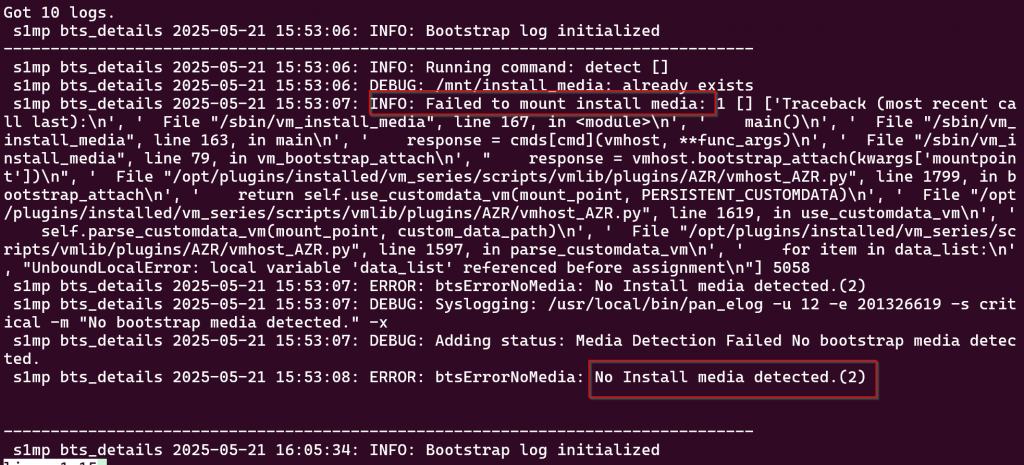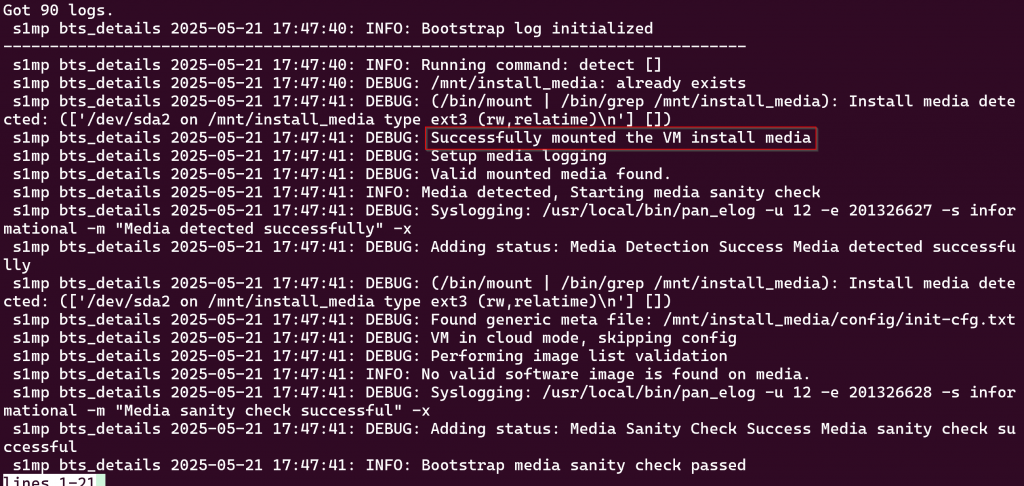CloudShell CLI
CLI format:
az vm image terms accept --urn publisher:offer:sku:version
To accept Aviatrix Controller Marketplace offer:
az vm image terms accept --urn aviatrix-systems:aviatrix-bundle-payg:aviatrix-enterprise-bundle-byol:latest
To accept Aviatrix CoPilot Marketplace offer:
az vm image terms accept --urn aviatrix-systems:aviatrix-copilot:avx-cplt-byol-01:latest
To validate, replace ‘accept’ with ‘show’ and rerun the command, it should say:
"accepted": true,
To cancel the offer:
az vm image terms cancel --urn aviatrix-systems:aviatrix-bundle-payg:aviatrix-enterprise-bundle-byol:latest
az vm image terms cancel --urn aviatrix-systems:aviatrix-copilot:avx-cplt-byol-01:latest
PowerShell code
To accept Aviatrix Controller Marketplace offer:
Set-AzMarketplaceTerms -Publisher aviatrix-systems -Product aviatrix-bundle-payg -Name aviatrix-enterprise-bundle-byol -Accept
To accept Aviatrix CoPilot Marketplace offer:
Set-AzMarketplaceTerms -Publisher aviatrix-systems -Product aviatrix-copilot -Name avx-cplt-byol-01 -Accept
To validate:
Get-AzMarketplaceTerms -Publisher aviatrix-systems -Product aviatrix-bundle-payg -Name aviatrix-enterprise-bundle-byol -OfferType 'virtualmachine'
Get-AzMarketplaceTerms -Publisher aviatrix-systems -Product aviatrix-copilot -Name avx-cplt-byol-01 -OfferType 'virtualmachine'
To cancel the offer:
Stop-AzMarketplaceTerms -Publisher aviatrix-systems -Product aviatrix-bundle-payg -Name aviatrix-enterprise-bundle-byol
Stop-AzMarketplaceTerms -Publisher aviatrix-systems -Product aviatrix-copilot -Name avx-cplt-byol-01
Terraform code
# Accept Aviatrix Controller market place agreement
resource "azurerm_marketplace_agreement" "aviatrix_controller" {
publisher = "aviatrix-systems"
offer = "aviatrix-bundle-payg"
plan = "aviatrix-enterprise-bundle-byol"
}
# Accept Aviatrix CoPilot market place agreement
resource "azurerm_marketplace_agreement" "aviatrix_copilot" {
publisher = "aviatrix-systems"
offer = "aviatrix-copilot"
plan = "avx-cplt-byol-01"
}
Publisher, Offer, Sku data source
Aviatrix Publishes these information in JSON file:
Controller: https://cdn.prod.sre.aviatrix.com/image-details/arm_controller_image_details.json
CoPilot: https://cdn.prod.sre.aviatrix.com/image-details/arm_copilot_image_details.json





